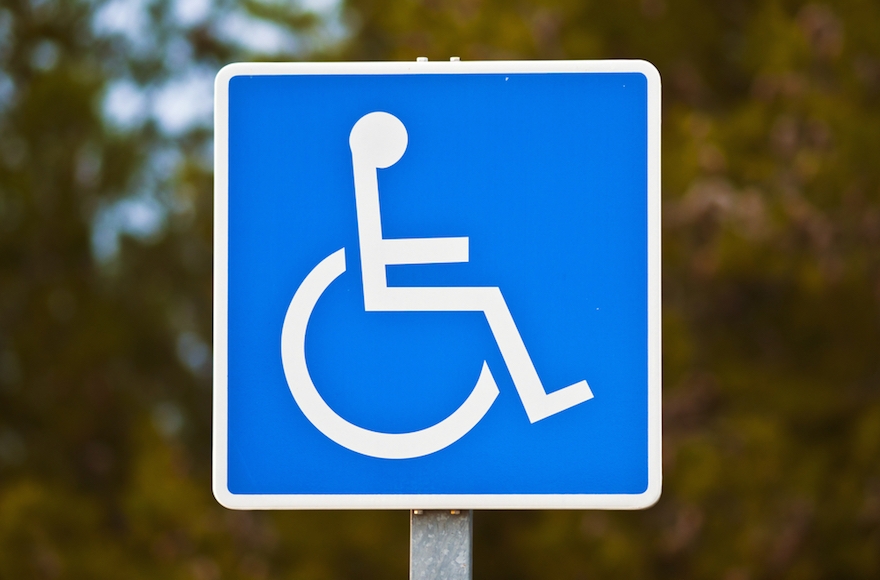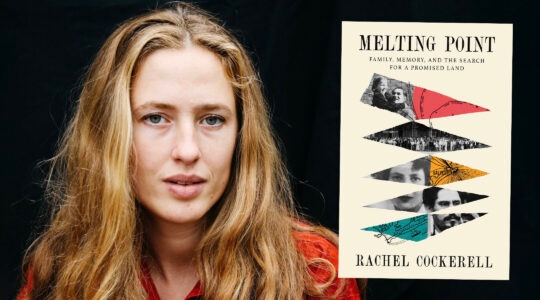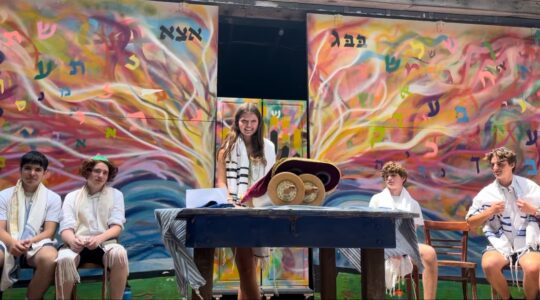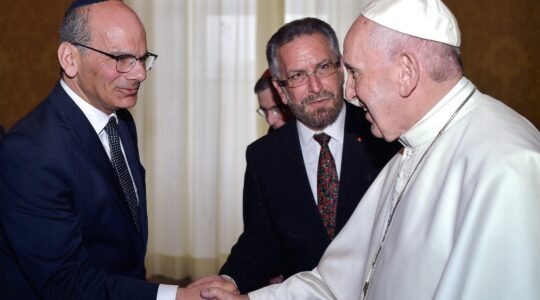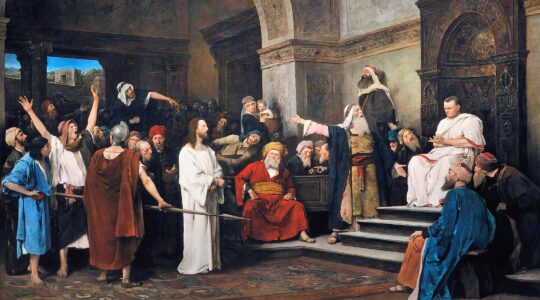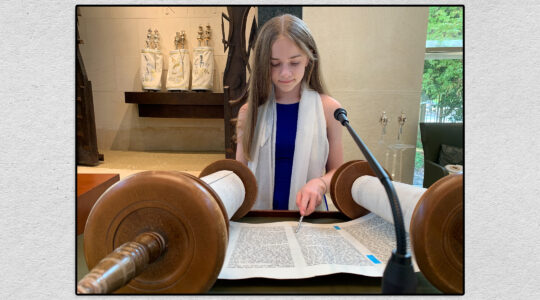(JTA) — With the High Holidays just around the corner, Jews all over the world will be asking themselves how they can lead more meaningful and moral lives. Synagogue communities, too, will be asking themselves how they can become more holy and inclusive communities.
In my years of involvement with disability inclusion, I’ve observed that change often occurs because a rabbi, a professional or a lay leader understands the value of inclusion of all people and makes it a priority. If there ever was a time for leaders to step up to the plate and help their synagogues become more inclusive — to welcome diverse people with varying abilities and find a place for them in the community — it’s during the Days of Awe.
Liz Offen, director of New England Yachad, an Orthodox Union-affiliated organization that works toward the inclusion of people with disabilities in Jewish life, said that the High Holidays seem almost designed to raise awareness of people with disabilities. “Every aspect of the high holiday experience is infused with rituals that draw on the senses,” she said. “From the food we eat, to the sound and vibrations of the shofar, we are reminded of the varied ways people experience life.”
READ: Hands-free Sesame smartphone opening worlds for physically disabled
So how can congregations take advantage of this calling to become more inclusive communities?
The obvious answer is that they can implement best practices in making their physical spaces more inclusive for people with disabilities. They can print books with larger text, embrace hearing loop technologies to assist people who are hard of hearing, train ushers to recognize and assist people with disabilities, make every part of the building wheelchair accessible, and establish an inclusion committee to continually expand inclusive practices.
The broader answer is that they can demonstrate leadership and work to create a powerful culture of inclusion among congregants so that inclusion pervades all aspects of congregational life, and thereby change basic attitudes toward people with disabilities.
Ed Frim, an inclusion specialist at United Synagogue of Conservative Judaism, said that true inclusion goes much deeper than making synagogue life accessible. “Inclusive congregations are mindful of everyone who is part of the community,” he said. “They establish a culture that takes for granted that all, including those with disabilities, have the right to fully participate as part of the congregation.”
READ: Making Room on the Bench for students with disabilities
“It’s not just about training ushers to be welcoming to people with disabilities and helping them find their way, it’s about turning the entire congregation into ushers, who seek to create a welcoming environment,” he said.

Jay Ruderman (Courtesy of the Ruderman Foundation)
Just as important as building a culture of inclusion is affecting a shift in attitude about how we think of disabilities. Rabbi Noah Cheses of Shaarei Shomayim Congregation in Toronto recalls an aha moment when his perspective on disabilities changed from seeing just the disability to seeing the whole person.
A senior in high school had come to speak at a retreat Cheses was attending. The student had a muscular disorder that required him to be in a wheelchair. It was clear from the moment he began speaking that this charismatic young man was not defined by his disability.
“He asked us to take out a piece of paper and make a list of [perceived] personal shortcomings …,” recounted Rabbi Cheses. “We were then instructed to introduce ourselves to the person next to us in the following way: “Hi, my name is X, and I have such and such ….”
“For a moment, I felt what it was like to be identified by my personal limitations…as if my passions and talents were being overshadowed and pushed aside by something beyond my control.”
It was that realization, among others, that motivated Rabbi Cheses to seek change in his congregation. The congregation made physical changes — among other things, it built an accessible ark — but the rabbi also sought to make spiritual changes and help his congregants experience the same aha moment that he had at the retreat.
READ: At Aspen, wounded IDF vets learn to ski — and overcome obstacles
Indeed, it is these spiritual changes — viewing all of God’s people as bringing unique contributions to the world — that can turn a congregation from a collection of people to a holy community. This time of reflection and renewal provides the perfect moment for such a shift to take place.
(Jay Ruderman is President of the Ruderman Family Foundation, which focuses on the inclusion of people with disabilities in our society. The foundation is holding the 2015 Ruderman Inclusion Summit Nov. 1-2 in Boston. Registration information is available here. He’s on Twitter @jayruderman.)
When is Rosh Hashanah 2015? Find out here. Or wondering when is Yom Kippur 2015? Click here to find out!
JTA has documented Jewish history in real-time for over a century. Keep our journalism strong by joining us in supporting independent, award-winning reporting.
